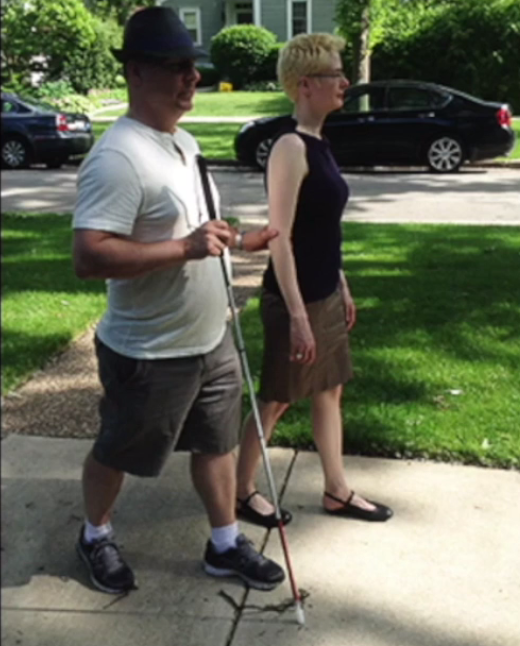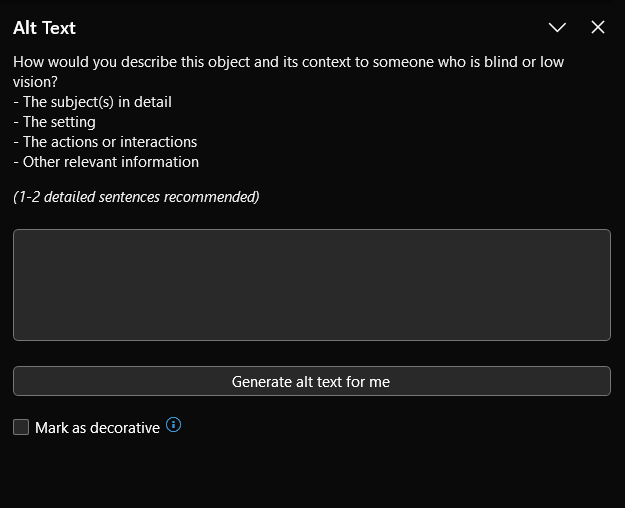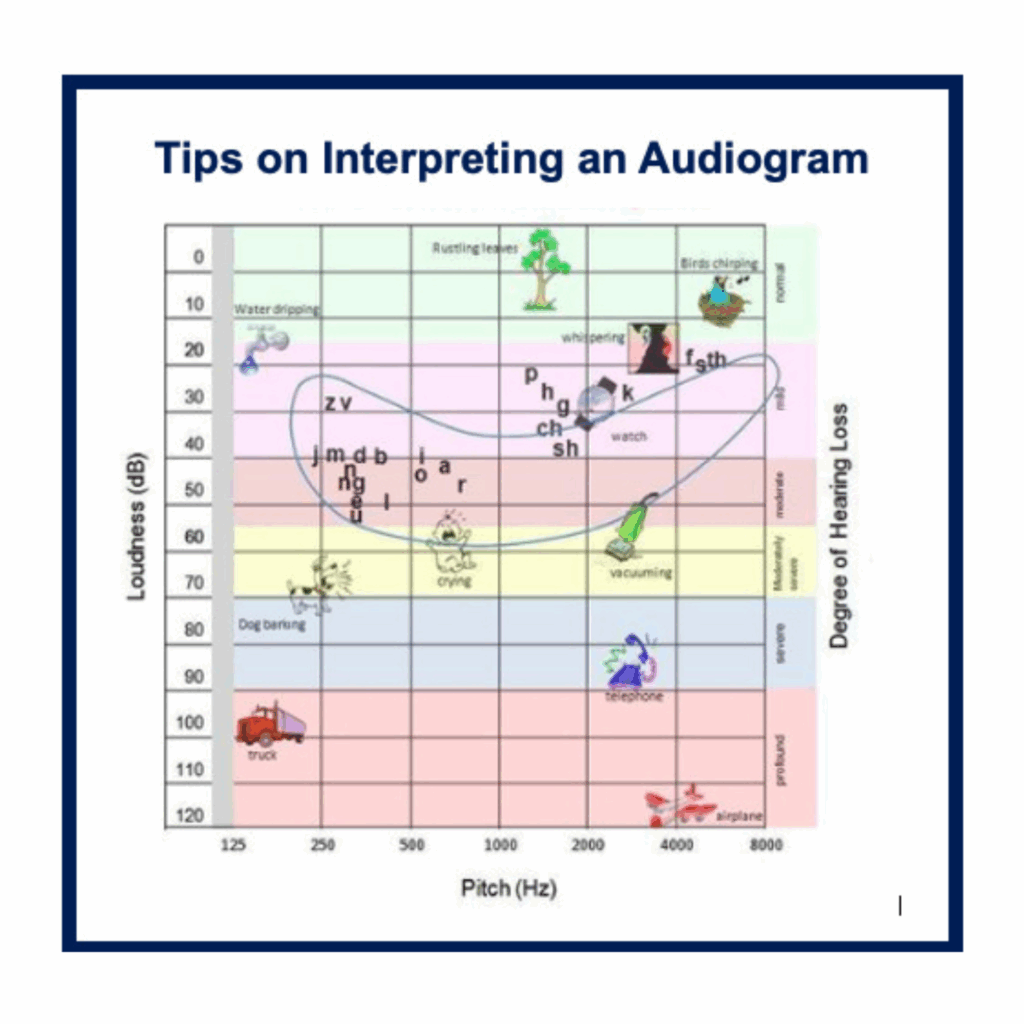Human Guide Techniques
Helen Keller National Center.
A human guide is a person who provides travel assistance to someone who is blind or DeafBlind by helping them move safely from one place to another.
The individual who is blind will choose the tools they use to travel, including: a cane, support cane, dog guide, human guide, or a combination of these.
Initiating Human Guide.
Guiding may start with the guide asking if the traveler would like to use human guide technique. The guide may ask which side the traveler prefers to be on. Oftentimes, it’s the opposite side that they hold their cane. This traveler prefers to use his cane along with human guide.
While other travelers may want to use human guide alone, again, it’s always up to the traveler.
Grasp and Positioning.
The standard technique for human guide is the traveler placing a firm grasp above the elbow of the guide.
The guide keeps their arm relaxed and extended downward so that the traveler can feel subtle changes in their movement and direction.
The standard technique can be modified to fit people with significant height differences, personal preferences, and physical challenges.
Pace.
It’s important to respect the pace of the traveler, and slow or quicken the pace accordingly. When walking, the guide should remain one half step ahead of the traveler. However, when using stairs, the guide should be one full step ahead.
Guiding Through Narrow Passageways.
When you’re approaching a narrow passageway, the guide places their arm behind their back signaling to the traveler that they’re approaching a narrow space. The traveler will slide their hand down to the guide’s wrist and will follow behind the guide.
Guiding Through Doors.
A basic rule to remember when guiding a traveler through a door is whoever is on the hinge side of the door takes control of the door. In this example, the hinge is on the guides side, so she is opening and holding the door for the traveler. When the hinge is on the traveler side, the guide may use hand underhand technique to guide the traveler’s hand to the door.
Communicating Environmental Changes.
The guide can adjust their pace or pause briefly to indicate an upcoming change in the environment, including ramps, stairs, or other changes in the surface. When approaching stairs, the guide should pause and proceed slowly, allowing the traveler to feel the upward or downward movement. In familiar settings, the traveler may reach out independently to grasp the railing.
Hand Under Hand Technique.
In unfamiliar settings the guide may use hand technique to guide the traveler’s hand to the railing.
For more information regarding human guide technique, please contact your local Orientation and Mobility Specialist.
[End of Transcript]



